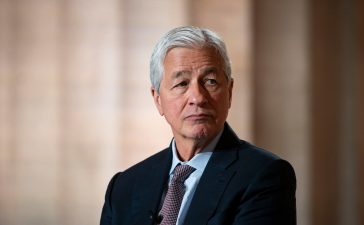
© Reuters.
By Ambar Warrick
Investing.com–Oil prices fell on Tuesday, pulling back sharply from a recent recovery as markets hunkered down ahead of several more cues on U.S. monetary policy this week, while strength in the dollar also weighed.
Focus this week is squarely on the of the Federal Reserve’s February meeting, due on Wednesday, as well as a slew of Fed speakers this week. The minutes are largely expected to reiterate the central bank’s hawkish outlook.
Fed officials also recently warned that U.S. interest rates are likely to rise more than expected this year, as inflation readings for January showed that price pressures remained sticky.
Higher rates are expected to weigh heavily on economic growth, and in turn, hurt crude demand this year. A reading on the , the Fed’s preferred inflation gauge, is also due this week, and is expected to show few signs of slowing inflation in January.
fell 0.9% to $83.33 a barrel, while sank 0.8% to $76.80 a barrel by 22:04 ET (03:04 GMT) Tuesday’s losses largely offset a recovery in oil markets over the past session.
Strength in the , which hovered near a six-week high against a basket of currencies, also pressured oil prices. A strong dollar makes crude more expensive for international buyers, which weighs on demand.
Fears of the Fed largely offset optimism over a recovery in Chinese demand this year, after the country relaxed most anti-COVID measures. China is forecast to drive crude demand to record highs this year, according to the OPEC and the IEA.
But recent economic readings show that several facets of the country are still struggling in the aftermath of the COVID-19 pandemic. Recent Bloomberg data also showed that while local travel demand surged after the lifting of anti-COVID measures, it was now cooling from a peak hit in late-January.
A looming supply glut in the U.S. also weighed on oil markets, especially as the Biden administration recently outlined plans to sell 26 million barrels of crude from the Strategic Petroleum Reserve.
The sale, coupled with a seven week-long build in , raised the prospect of oversupply in the world’s largest oil consumer.








